
Yes, you read that correctly. The headline, I mean, not the chart. I'm still not really sure what the chart means, exactly, but if I had to guess I think it's a star chart for NBA players who have purchased their own constellations.
I kid, I kid. The chart shows the similarity of 452 NBA players, comparing them according to points, rebounds, assists, steals, blocks, turnovers, and fouls. The colors point to how many points per minute a player averages, with blue being low and red being high.
Have you zoned out yet? I'm sorry, let me get to the meat of this post:
Muthu Alagappan, a really smart guy and basketball fan at Stanford, has created new ways to group players according to what they do on the court- a much more specific division than the traditional five players. His main argument?
Positions don't reflect playing styles (think Rajon Rondo's point guard style as opposed to Tony Parker's).
So with that in mind, he created
thirteen new basketball positions based on the three positions of guard, forward, and center, which I've included below
along with the best Kentucky basketball comparison:
- Offensive Ball-Handler. This guy handles the ball and specializes in points, free throws and shots attempted, but is below average in steals and blocks. Examples include Jason Terry and Tony Parker. Kentucky comparison: Kyle Macy
- Defensive Ball-Handler. This is a defense-minded player who handles the ball and specializes in assists and steals, but is only so-so when it comes to points, free throws and shots. See also: Mike Conley and Kyle Lowry. Kentucky comparison: Rajon Rondo.
- Combo Ball-Handler. These players are adept at both offense and defense but don’t stand out in either category. Examples include Jameer Nelson and John Wall.
- Shooting Ball-Handler. Someone with a knack for scoring, characterized by above-average field goal attempts and points. Stephen Curry and Manu Ginobili are examples. Kentucky comparison: Brandon Knight
- Role-Playing Ball-Handler. These guys play fewer minutes and don’t have as big a statistical impact on the game. Hello, Arron Afflalo and Rudy Fernandez. Kentucky comparison: Jarrod Polson.
- 3-Point Rebounder. Such a player is a ball-handler and big man above average in rebounds and three-pointers, both attempted and made, compared to ball-handlers. Luol Deng and Chase Budinger fit the bill. Kentucky comparison: Darius Miller
- Scoring Rebounder. He grabs the ball frequently and demands attention when on offense. Dirk Nowitzki and LaMarcus Aldridge play this position. Kentucky comparison: Julius Randle
- Paint Protector. A big man like Marcus Camby and Tyson Chandler known for blocking shots and getting rebounds, but also for racking up more fouls than points. Kentucky comparison: Nerlens Noel and Anthony Davis
- Scoring Paint Protector. These players stand out on offense and defense, scoring, rebounding and blocking shots at a very high rate. Examples include Kevin Love and Blake Griffin. Kentucky comparison: Kenny Walker
- NBA 1st-Team. This is a select group of players so far above average in every statistical category that the software simply groups them together regardless of their height or weight. Kevin Durant and LeBron James fall in this category. Kentucky comparison: Jamal Mashburn
- NBA 2nd-Team. Not quite as good, but still really, really good. Rudy Gay and Caron Butler are examples. Kentucky comparison: Chuck Hayes
- Role Player. Slightly less skilled than the 2nd-team guys, and they don’t play many minutes. Guys like Shane Battier and Ronnie Brewer fall under this position. Kentucky comparison: Preseton LeMaster
- One-of-a-Kind. These guys are so good they are off the charts – literally. The software could not connect them to any other player. Derrick Rose and Dwight Howard are examples, but you already knew that. Kentucky comparison: Dan Issel
While it's obvious that a basketball team is never going to have thirteen players on the court at the same time, I think you can argue that
by more specifically defining certain players and their skill sets, coaches can craft better strategies for opposing teams. More options for mixing and matching, if you will. Alagappan's slideshow presentation on his work can be found
here; you might not be able to understand it all without his commentary, but there is a picture of Brandon Knight surrounded by his teammates on the NCAA tournament court thrown in there.
]This is fun, yeah?
I'm sure y'all have feelings about where past, present, and future Kentucky players would be categorized on this list- let it out in the comments section.
@KristenGeilKSR
 Yes, you read that correctly. The headline, I mean, not the chart. I'm still not really sure what the chart means, exactly, but if I had to guess I think it's a star chart for NBA players who have purchased their own constellations.
I kid, I kid. The chart shows the similarity of 452 NBA players, comparing them according to points, rebounds, assists, steals, blocks, turnovers, and fouls. The colors point to how many points per minute a player averages, with blue being low and red being high.
Have you zoned out yet? I'm sorry, let me get to the meat of this post: Muthu Alagappan, a really smart guy and basketball fan at Stanford, has created new ways to group players according to what they do on the court- a much more specific division than the traditional five players. His main argument? Positions don't reflect playing styles (think Rajon Rondo's point guard style as opposed to Tony Parker's).
So with that in mind, he created thirteen new basketball positions based on the three positions of guard, forward, and center, which I've included below along with the best Kentucky basketball comparison:
Yes, you read that correctly. The headline, I mean, not the chart. I'm still not really sure what the chart means, exactly, but if I had to guess I think it's a star chart for NBA players who have purchased their own constellations.
I kid, I kid. The chart shows the similarity of 452 NBA players, comparing them according to points, rebounds, assists, steals, blocks, turnovers, and fouls. The colors point to how many points per minute a player averages, with blue being low and red being high.
Have you zoned out yet? I'm sorry, let me get to the meat of this post: Muthu Alagappan, a really smart guy and basketball fan at Stanford, has created new ways to group players according to what they do on the court- a much more specific division than the traditional five players. His main argument? Positions don't reflect playing styles (think Rajon Rondo's point guard style as opposed to Tony Parker's).
So with that in mind, he created thirteen new basketball positions based on the three positions of guard, forward, and center, which I've included below along with the best Kentucky basketball comparison:

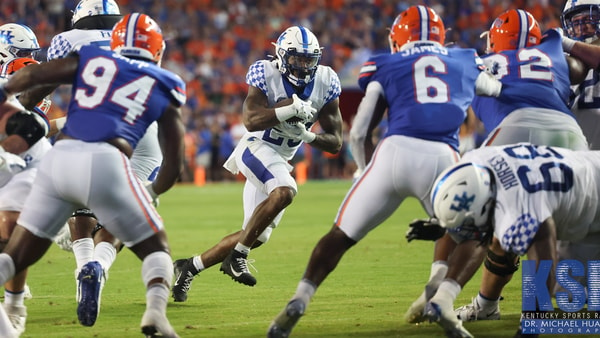

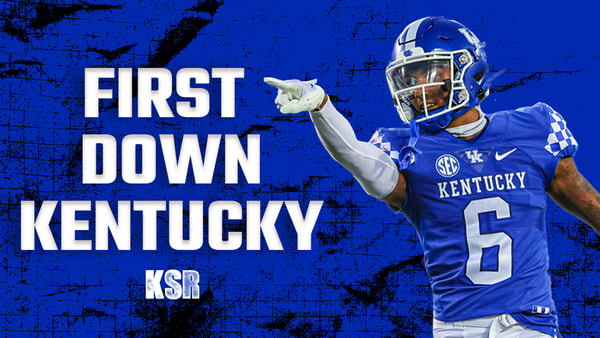
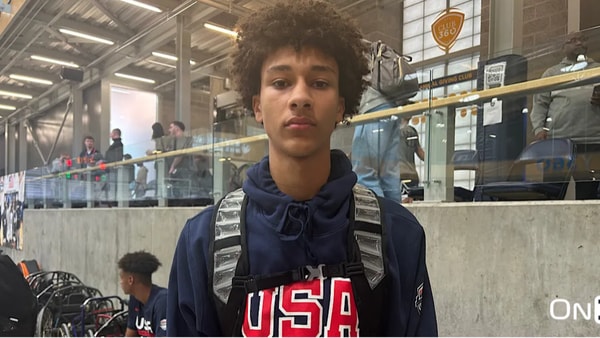
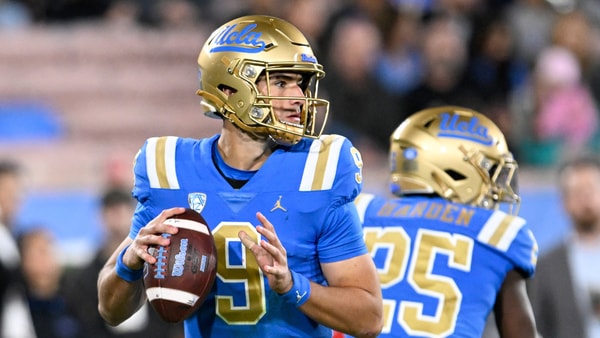
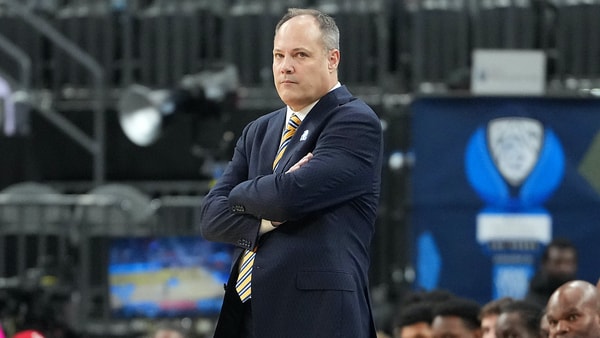
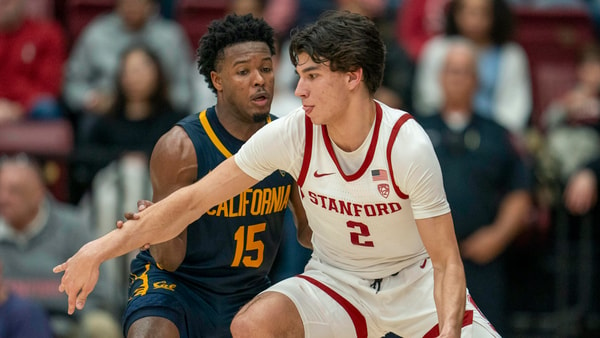
Discuss This Article
Comments have moved.
Join the conversation and talk about this article and all things Kentucky Sports in the new KSR Message Board.
KSBoard